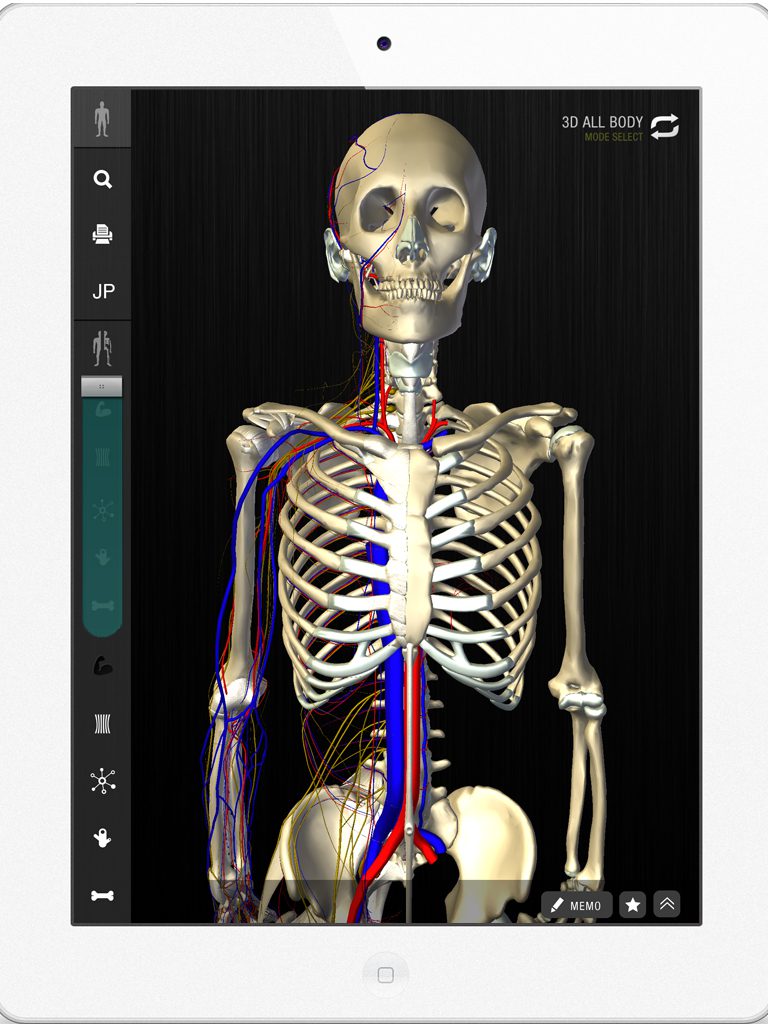Game engines are the core software that powers video games, containing components such as graphics, physics, input, audio, scripting, and networking that work together to create an immersive gaming experience. The graphics component is responsible for rendering the game world, while the physics component simulates the movement and interaction of objects. The input component handles user input, while the audio component creates and manages in-game sounds and music. The scripting component enables developers to create game logic and mechanics using scripting languages, and the network component enables multiplayer functionality. Understanding these components is essential for game developers to create successful video games.
Breaking Down the Anatomy of a Game Engine
Introduction
A game engine is the core software that powers a video game. It is the foundation upon which a game is built and contains many different components that work together to create a seamless and immersive gaming experience. These components include graphics, physics, input, audio, scripting, and networking. In this article, we will be breaking down the anatomy of a game engine, exploring each of these components in depth.
Graphics
The graphics component of a game engine is responsible for rendering the game world to the player’s screen. This includes everything from the environment and characters to special effects and lighting. Graphics engines are often built using APIs such as OpenGL, DirectX, or Vulkan, which provide a set of tools and functions for rendering 2D and 3D graphics. These engines also typically have improved rendering techniques such as PBR (Physically Based Rendering), Global Illumination, and post-processing effects.
Physics
The physics component of a game engine is responsible for simulating the movement and interaction of objects in the game world. This includes everything from gravity and collision detection to complex physics simulations such as ragdoll physics and ragdoll-vehicle simulations. The physics engine is often separate from the graphics engine but is closely tied to it. Physics engines such as Havok, Bullet or PhysX are often integrated as middleware in modern game engines.
Input
The input component of a game engine handles all user input, including keyboard, mouse, and controller input. This includes interpreting player commands, such as movement and combat controls, and sending them to the appropriate game systems. Input engines often work in conjunction with AI (Artificial Intelligence) to provide contextual awareness and responsiveness to input, so that players can interact with game objects in realistic ways.
Audio
The audio component of a game engine is responsible for creating and managing all in-game sounds and music. This includes sound effects and ambience, as well as dynamically generated music that changes based on the game’s context. Audio engines often have middleware libraries that provide tools for spatial audio (3D sound), reverb, and dynamic mixing to create an immersive audio experience in-game.
Scripting
The scripting component enables developers to create game logic and mechanics using a scripting language. These scripts can be used to define player behavior, AI behaviors, animation sequences, and provide interactivity to in-game objects. Game engines often incorporate popular scripting languages such as Lua, Python or C# to provide more flexibility and ease of use.
Network
The network component of a game engine is responsible for enabling multiplayer functionality. This includes managing network connections, data transfer, synchronization of game sessions, and matchmaking services. Networking engines may also use middleware libraries to provide reliable communication and minimize latency and lag, which is critical for real-time online games. Network engines such as Photon or Mirror Networking are available to game developers to use in their game.
Conclusion
A game engine is a complex software system that combines many different components to create an immersive gaming experience. Understanding the different components that make up a game engine, such as graphics, physics, input, audio, scripting and network engines, is essential for game developers who want to create a successful video game. A better understanding of how these components interact with each other will help developers create more immersive, engaging, and responsive games.
